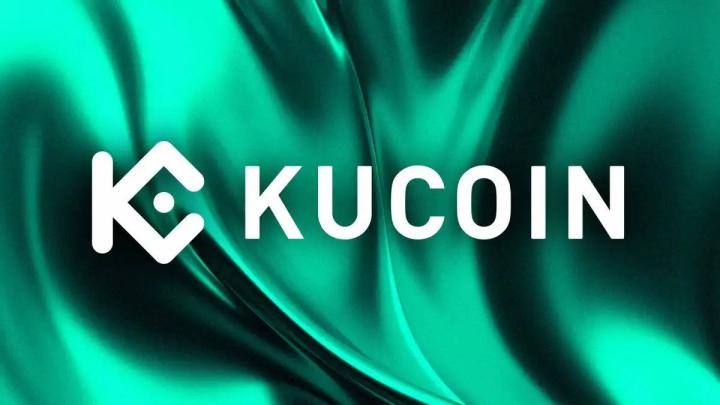Chainfeeds Introduction:
Leading platform Hyperliquid faces potential headwinds from massive token unlocking, while new competitors like Aster, Lighter, and edgeX are leveraging incentives and wealth-creation strategies to rapidly attract users and reshape the market. Driven by the complex dynamics of technology, capital, and attention, this sector is seeing further growth potential.
Article Source:
https://mp.weixin.qq.com/s/IqqDTeFP2C-V7_M0c_o-cA
Article author:
PANews
Viewpoint:
PANews: Hyperliquid's rise is due not only to its efficient on-chain trading experience and low costs, but also to its early strategy of leveraging price performance to attract users and capital. This strategy not only ensured Hyperliquid's long-term dominance in the Perps DEX market, but also gave it a significant lead in on-chain trading volume and user engagement, leaving competitors far behind. However, the impending massive token unlocking has sparked market concerns. Over a month ago, BitMEX co-founder Arthur Hayes publicly expressed his bullish outlook on HYPE, claiming the token could achieve a 126-fold increase, potentially reaching $25.8 billion in annualized revenue by 2028. At the time, Hyperliquid's revenue was projected at $5.1 billion. However, Hayes chose to cash out his entire holdings on September 22nd, citing the impending significant unlocking pressure on HYPE. Despite this, he maintained that the 126-fold opportunity existed, given that 2028 was still a long way off. In terms of daily trading volume, PerpetualPulse data shows that the total trading volume of major Perp DEXs over the past 24 hours was approximately $42.9 billion, of which Hyperliquid contributed $15.2 billion, Aster $8.6 billion, Lighter $6.3 billion, and edgeX $5.9 billion, respectively. These four platforms collectively account for 84.1% of the total volume, further confirming that market concentration remains high but market share differentiation is accelerating. Trading volume alone cannot fully reflect the true market situation; the ratio of open interest to trading volume (OI/Volume) is considered a better measure of user activity and market health. According to statistics from Dragonfly Managing Partner Haseeb Qureshi (September 22), a high ratio (>100%) means that the platform has a large number of users with real positions and active use of leverage, and the market is relatively healthy. For example, Hyperliquid's ratio is as high as 287% and Jupiter's is 395%. A medium-to-low ratio (10-65%) indicates that transactions are mostly short-term operations or arbitrage, and real user activity is limited. For example, Lighter and Orderly both have a ratio of 29%. An extremely low ratio ( content source)







